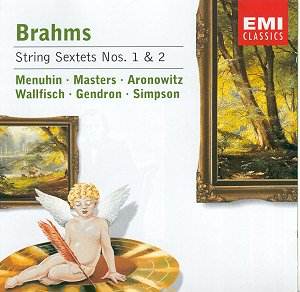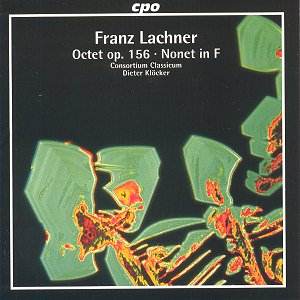 Composer: Wolfgang Amadeus Mozart
Composer: Wolfgang Amadeus Mozart
Works: Flute Concertos K 313 and K 314, Andante for Flute and Orchestra K 315, Rondo for Flute and Orchestra K Anh. 184
Performers: Claudi Arimany (flute), Hungarian Virtuosi Chamber Orchestra, Jean-Pierre Rampal (conductor)
Recording: Rec. Spain, August 1996
Label: PROdigital Records PRO 2419
Mozart’s flute concertos emerged during a critical juncture in his early career, reflecting both his burgeoning compositional prowess and the shifting cultural landscape of 18th-century Europe. Composed in 1777-78, these works were born out of his frustrations with the artistic limitations of Salzburg and his quest for a more fertile musical environment. The concertos, particularly K 313 and K 314, reveal a dialogue between virtuosic display and lyrical expression, characteristics that underscore Mozart’s evolving style. The Andante K 315 provides a contemplative interlude, while the Rondo K Anh. 184 offers a charming postscript to the collection, highlighting the flute’s capabilities.
Claudi Arimany’s interpretation of these concertos is marked by a delicate, silvery tone that complements the lively orchestration of the Hungarian Virtuosi Chamber Orchestra. His technical command is particularly evident in the rapid passages, where he executes runs and scales with precision. The lyrical phrasing in the slow movements showcases his ability to blend expression with technical clarity. For instance, in K 313’s second movement, Arimany’s smooth legato creates a floating quality that contrasts beautifully with the more animated outer movements. However, the expressive cadenzas—most notably in the first concerto—could have benefited from a more adventurous spirit. They are pleasant but lack the depth of emotion one might expect, possibly a reflection of Rampal’s somewhat restrained conducting style.
Jean-Pierre Rampal’s direction, while competent, occasionally falters in pacing and rhythmic vitality. The orchestral accompaniment, while well-balanced, sometimes feels slightly flat, particularly in transitions between themes. These moments detract from the overall dynamism that the music inherently demands. The recording captures the ensemble in a clear, airy acoustic that enhances the flute’s bright timbre, although it lacks the depth and presence that might elevate the listening experience. The engineering choices favor clarity over warmth, which, while beneficial for detail, can leave the sonic landscape feeling somewhat two-dimensional.
When compared to other notable recordings, such as those featuring James Galway or Emmanuel Pahud, Arimany’s performance feels less adventurous in terms of interpretative choices. Galway’s recordings, for example, often capitalize on dramatic contrasts and emotional depth, while Pahud brings an effortless virtuosity that is simply electrifying. Arimany’s approach is more measured, which may appeal to listeners seeking a straightforward rendition of these beloved works but risks losing the spark that makes them truly captivating.
This recording serves as a commendable entry into the catalog of Mozart’s flute concertos, presenting a well-executed performance by Arimany and the Hungarian Virtuosi. While not without its limitations—both in terms of interpretative boldness and orchestral vitality—it remains a valuable listening experience for those seeking to explore this repertoire. The clarity of the recording, coupled with Arimany’s technical proficiency, ensures that it occupies an agreeable position among the many interpretations available today.



